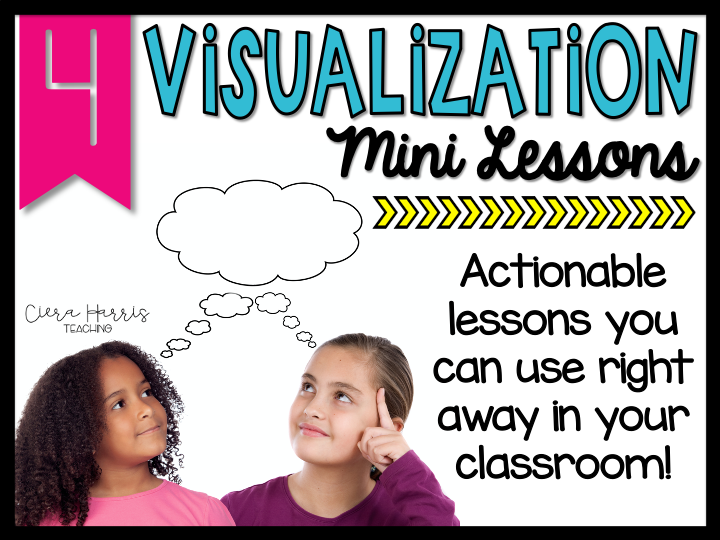
Simply select a station button, have kids listen and visualize, and then draw or write what they “see” in the music. The musical selections offer a great opportunity to pair visualization and writing.
#Visualization mini lesson plus
The course contains 7, easy-to-digest video lessons PLUS a downloadable PDF.
#Visualization mini lesson pro
The San Francisco Symphony Kids’ Site offers an online radio that provides musical examples of drama, excitement, tragedy and triumph. Learn data visualization with Excel Campus and become a Pie Charts Pro with. It may help to draw a picture of your hat before you start. Once you have a mental picture of your “artrageous” hat, make it using a paper plate as a base and colored construction paper to create it’s form. What would it look like? How would it work? Try to imagine such a hat in your mind’s eye. See example › (opens in a new window) Artįrom the Art Junction website: Suppose you had a hat that would help you think like an artist. See example › (opens in a new window)ĭraw a Math Story from ReadWriteThink helps students move from the concrete to the symbolic. Teaching Shapes Using Read-Alouds, Visualization, and Sketch to Stretch from ReadWriteThink encourages strategic reading and real-world math connections.

Then ask your students to share what they see, hear, taste, smell, and feel. Pause again and share the new image you created. Talk about how these pictures help you understand what’s happening in the story.

By doing this, you are modeling the kind of picture making you want students to do. Children can relate to the setting, the characters, or the actions. Share the image you’ve created in your mind, and talk about which words from the book helped you “draw” your picture.Pause after a few sentences or paragraphs that contain good descriptive information. Follow these few simple steps to provide practice developing students’ mental images:


 0 kommentar(er)
0 kommentar(er)
